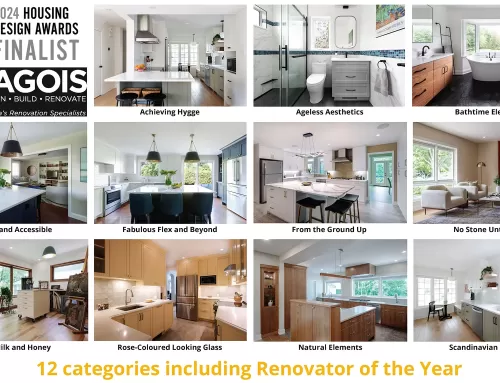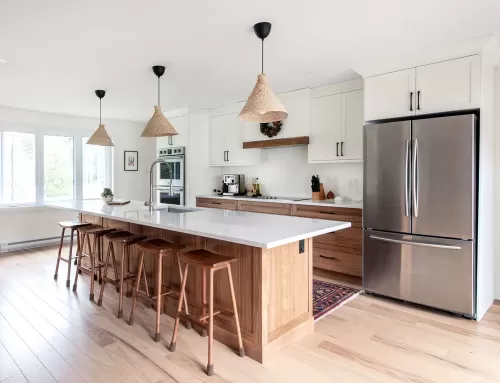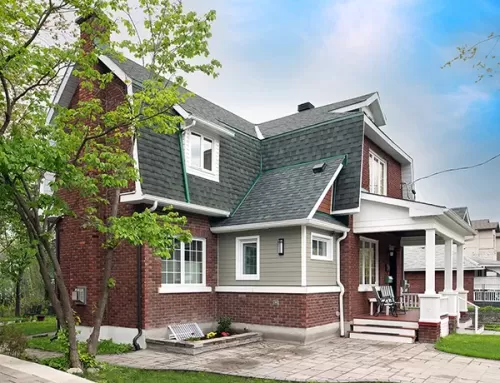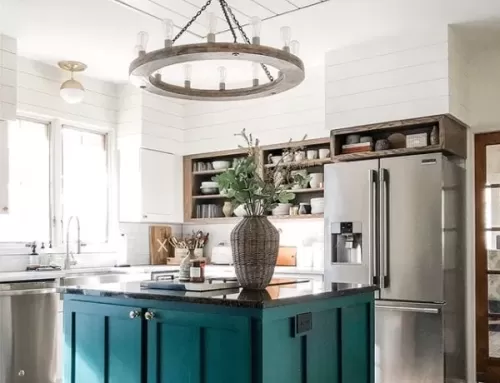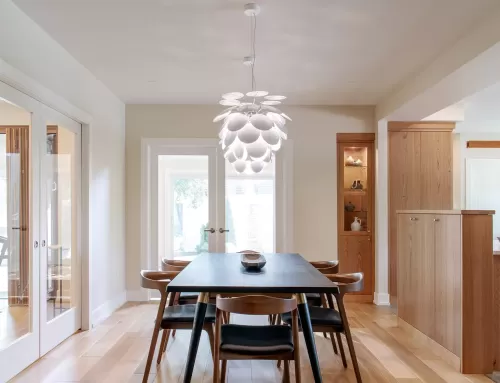How to be warm and cozy this winter
The best way to be perfectly warm and cozy this winter is to live in a home that has been renovated to be net-zero-ready (hint: Lagois Design∙Build∙Renovate is net-zero certified) or as close to it as possible by keeping holistic design at the forefront. However, that takes proper planning.
Leaves are falling, wind is howling, light is fading, and snow is not far away. It’s enough to make you shiver just thinking about it.
In the short term, as we face this coming winter, it might be a good idea to think about good ways you can keep your home comfortable and heating costs down at the same time.
Simple tricks for winter comfort
Other than making sure all mechanical equipment is well maintained, the simplest and most cost-effective solution to reduce energy consumption costs is to seal drafts and add more insulation.
Replacing old and inefficient windows is another good energy efficient solution, good for both heating and cooling seasons.
It’s important to realize that retrofitted or newly-constructed homes become more of an airtight risk with polluted indoor air – polluted from everyday human activities, pets, household products and off-gassing of materials. It’s important to exhaust stale air and bring in fresh air mechanically; but this needs to be designed for your home.
A new energy-efficient furnace, air conditioning unit, and even appliances can help with energy consumption costs. Now would be the time to consider a heat pump system that is much more energy efficient and reduces your carbon footprint.
Advice for two seasons
- If you are considering replacing a furnace with a traditional furnace, be sure to get one that is as highly efficient as possible.
- Air conditioners should have a high SEER (Seasonal Energy Efficiency Ratio) rating.
- Be sure to use a programmable thermostat that can be adjusted to your lifestyle.
For ultimate comfort, hydronic (liquid) in-floor or radiator heating is an excellent energy-efficient choice for new or retrofit projects because water takes less energy to heat than air. Basement floors with hydronic in-floor heating can add exceptional comfort.
If designers are building new or adding on, they must account for proper exposure and positioning of solar panels. Although not popular, wind (similar to photovoltaic) also produces electricity. Geothermal (often referred to as free heat) traditionally has used the earth’s energy for heating and cooling.
Efficient technology
What is really exciting is that the technology for electric heat pumps has improved immensely. They can now operate efficiently down to -25 degrees Celsius. This (with or without solar energy) is an affordable path to comfort, helping the environment by reducing your carbon footprint.
Do you need help making sense of the different options? Lagois architectural designers can provide energy analysis from our sub consultants which calculates your annual energy use by comparing different building techniques, building orientation, and heating systems. This assists in determining the cost-effectiveness of energy efficiency upgrades, and helps you make informed decisions.
You might want to check with us to see if your home is a good candidate for a net zero-ready upgrade sometime in the future. In the meantime, enjoy our cold Ottawa winter in comfort!
– Herb Lagois





